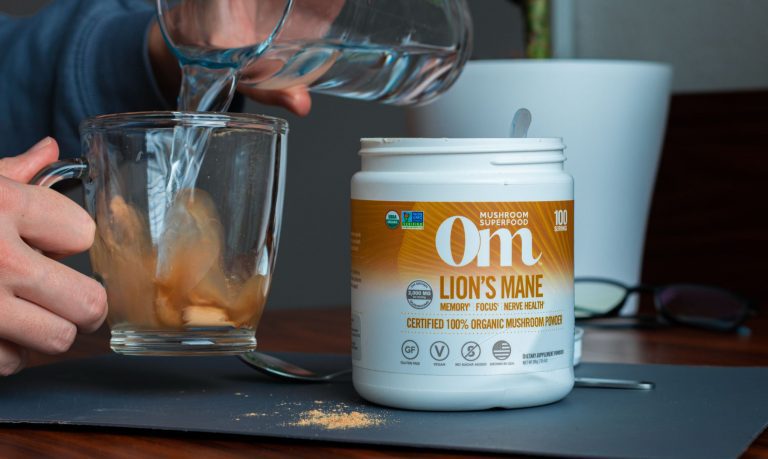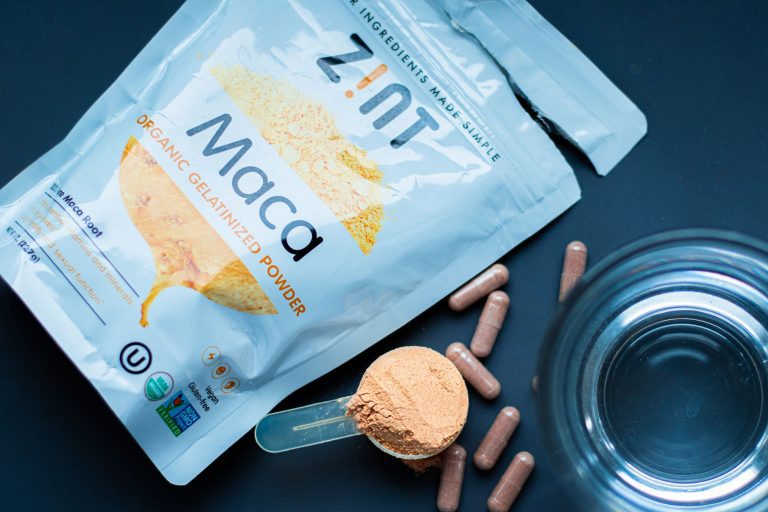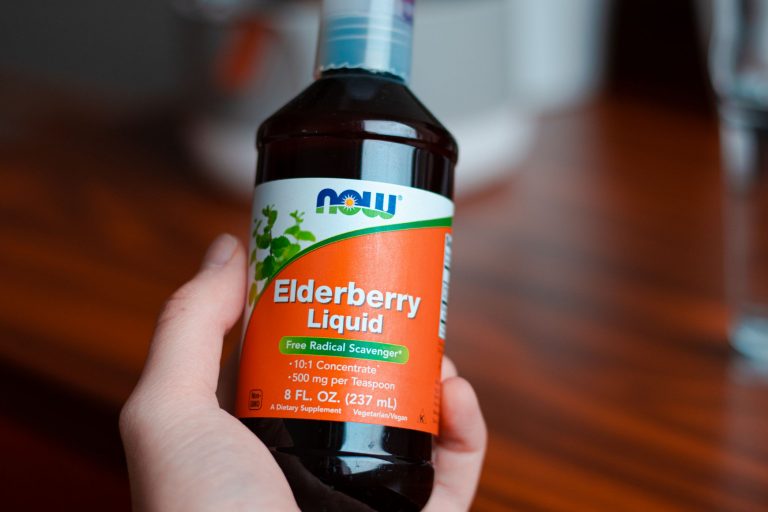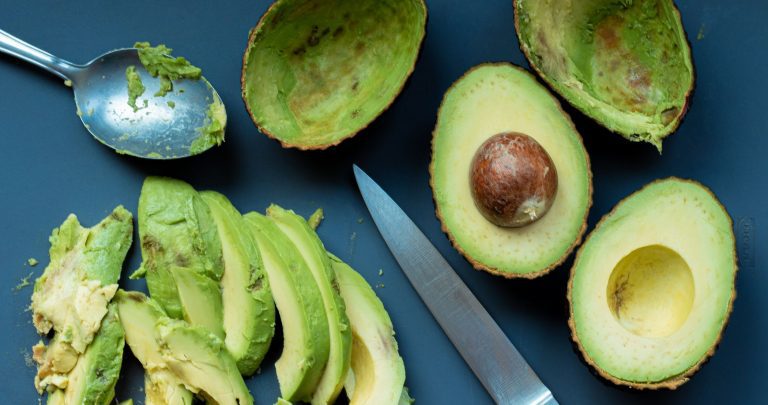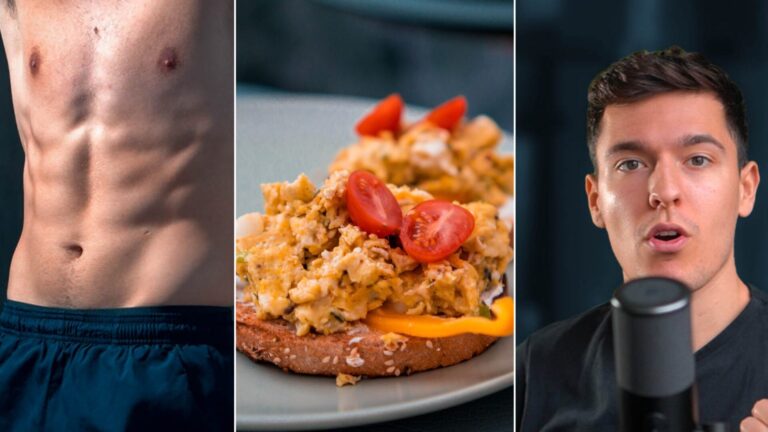5 Meal Strategy – 90% Of Your Diet
What is the most practical, the fastest, and the most effective way to improve one’s diet? While we like variety, most of us function on repeatable habits. We eat a narrow selection of foods that comprise the bulk of our diets.
At the heart of our new 5-Meal philosophy lies a simple yet profound truth: the foundation of healthy eating is built upon the five meals you consume most regularly. These meals constitute the cornerstone of your daily nutrition.
Nailing the 5 most regularly consumed meals is where healthy eating becomes practical. Of course, the goal is to pick healthy, nutrient-dense foods that will fuel our energy.
The healthy selection should emphasize complete protein [meat, eggs], fiber and mineral-rich foods [veggies, fruits], healthy fats [avocados, nuts, seafood], and complex or low-GI carbs [berries, whole wheats, legumes].
The Baseline → How To Eat Healthy
In scanning the area of nutrition, there’s a common belief most healthy eaters share. It’s that nutrition is important for health and is there to nourish the body. Although a very simple and obvious point, it’s deeper.
Most people who tend to overeat empty calories, don’t focus on nutrition as nourishment. Eating is just something they have to do to survive. Therefore, eating is essential, but eating healthy isn’t as high on the priority list.
Those who view nutrition as nourishment, understand the point of eating nutrient-dense foods. The point of higher nutrient density is fueling your body the right way. Having enough vitamins, minerals, antioxidants, fibers, etc., to support your body, cognition, energy levels, and health.
Because healthy eating is a priority, it is at the baseline of their diet. The bulk of their diet is made up of healthy foods. And as any human, they’d indulge in overeating or snacking some sweets here and there. However, the base is taken care of. In other words, healthy eating is a standard.
This is the biggest drawdown for people who tend to eat less healthily. Instead of focusing on one fad diet for a month, or judging a 100-calorie Snickers bar, we have a bigger fish to fry. And that’s fixing the baseline, the fundamentals of one’s diet.
90% Diet + Adaptability
The 90% diet focuses on fixing the fundamental piece of a healthy diet. It’s not actually limited to 5 meals, or 10 superfoods as seen in the 10 Elements 90% Diet. It’s a philosophy that brings forth practicality for healthier nutrition.
The 5-Meal strategy doesn’t pick specific foods. Anyone can adapt their diet and dieting style based on their needs. Whether one eats keto, LCHF, Mediterranean, vegan, paleo, or any other diet, this is adaptable. Anyone can pick their favorite superfoods and determine their portion sizes [calories].
The examples shown below are just an idea.
- For an LCHF eater, they’d cut on carbs [rice] and increase healthy fat consumption [avocados].
- For a Mediterranean fan, they’d add more seafood and dark chocolate and exclude red meats.
- For a Vegetarian, including more plant-based proteins like tofu, nuts, and seeds does the trick.

Pick Your Staple Foods
We’re huge fans of picking your healthy staples. From a standpoint of practicality, this makes a lot of sense. Once you determine your go-to foods and pick your 5 main meals, it’s easy to go grocery shopping. You’re far more efficient when cooking or meal prepping. You’re fluid with the recipes, you know your processes, everything becomes faster and easier.
These staple foods are more like food groups, meaning at times we can change and shift the foods we’ve picked. For example, If we pick legumes it could be any type – such as black lentils, green peas, chickpeas, or red kidney beans.
Variability is encouraged. We’re not fixed on food choices. In other words, we can change anytime we want. Diet modifications are great with time, just trying to keep a consistent solid base of healthy foods makes healthy eating much easier.
That being said, our favorite nutrient-dense foods include
- complex carbs → whole wheat toast or pasta, brown rice, and legumes
- low-GI fruits → all 4 types of berries, apples and oranges
- vegetables → cruciferous (broccoli, cauliflower) and green leafy ones (kale, spinach, swiss chard)
- red meat & organs → grass-fed beef, rib-eye steak and liver
- white meat & seafood → chicken, salmon, shrimp, sardines, octopus, and mussels
- healthy fats → olive oil, avocado, flax seeds, nuts, cod liver oil, and grass-fed butter
- eggs & dairy → eggs, greek yogurt, kefir, cottage cheese
- antioxidants → dark chocolate, ginger, onions, garlic, red wine, kiwis
5-Meal Example
The 5 meal example showcases healthy meals categorized by specific food groups. It’s just an example of 5 potential meals to eat, just to give you some idea. These meals are incorporated on different days in different combinations, not all at once, in one day.
At the end, we’ll show a weekly example of how to make this work.
Red Meat and Veggies
This meal typically consists of lean red meat like beef or lamb paired with a variety of vegetables. Red meat provides high-quality protein and essential nutrients like iron and zinc, while vegetables offer fiber, vitamins, and minerals.
A great example would be a Rib-Eye Steak with a side of poached potatoes and steamed asparagus. Some salt, pepper, and pesto and a small cube of grass-fed butter on top.
Alternatives:
- Chilli Con Carne → ground lean beef, red kidney beans, onion, peppers, rice and tomato sauce
- Grilled Venison Steak with green peas and mashed potatoes in soy sauce
- Beef liver (pan-fried) with caramelized onions and mushrooms
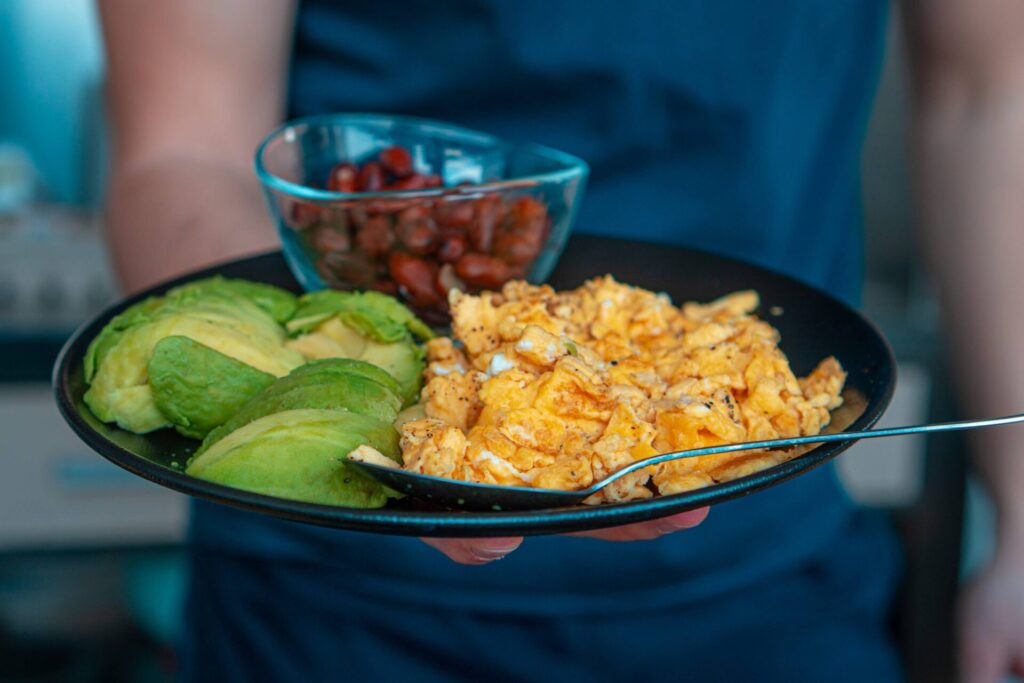
Egg Veggie Omelette
An egg veggie omelette is a nutritious and versatile dish made by whisking eggs with chopped vegetables like bell peppers, onions, tomatoes, and spinach. Eggs are an excellent source of protein and essential nutrients, while vegetables add fiber, vitamins, and antioxidants.
It can be any type of omelette combination you desire. Our top three favorite combinations include
- avocado toast with eggs and bacon combination
- eggs, leek, and mushrooms omelette, with spinach on top
- veggies omelette → mixing eggs, onion, jalapeno, bell pepper, zucchini, and black olives
- broccoli and cheddar omelette, with black pepper and whole wheat toast
Oats, Nuts and Berries
This one is a great nutty combination that packs a ton of fiber, a lot of healthy fats, and antioxidants. It combines oats, nuts, nut butter, seeds, and berries. Yes, it’s high in healthy fats which means high in calories. Reducing the amount (or excluding) of nuts and butter will make it slimmer.
- 2 scoops of ground oats
- 1 scoop of ground walnuts
- 1 scoop of protein
- 10 nuts of your choice (cashews, walnuts, almonds)
- 1 tbsp of flax seeds
- 1 scoop of superfood mix (not essential, great for taste, chocolate version)
- 1 tbsp of peanut butter
- 1/2 glass of hot water
Mix it until it’s nice and thick, thicker than a pudding. Then add ~150 grams of Greek yogurt and mix it well. Now add 1 cup of fresh berries, or unfreeze the frozen ones with hot water and drop it in. With a cup of coffee next to it, you’re ready to go.
You can remove the peanut butter and cut on the nuts to go lighter on the calories. This way you have a protein-powered oatmeal, with high amounts of fiber and antioxidants coming from the berries.
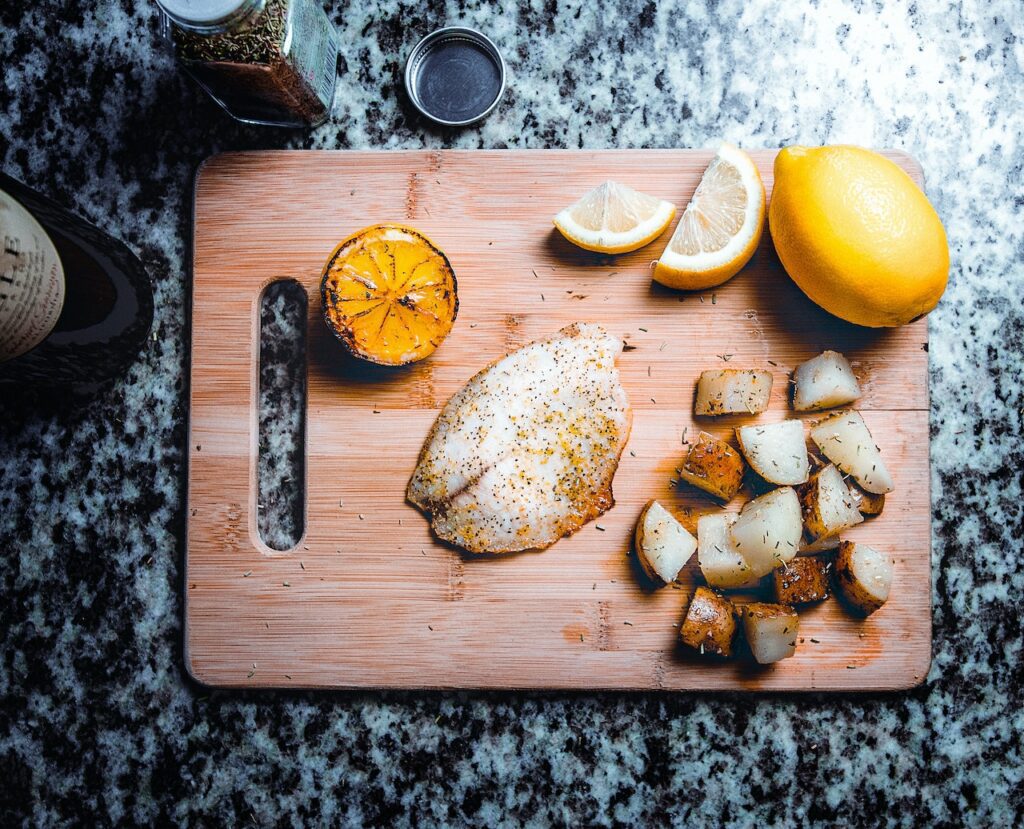
Seafood and Salad
This meal typically includes seafood in combination with different veggies. This combination offers a low-carbohydrate but high-protein and healthy fat content.
Seafood, including fish like salmon, shrimp, and tuna, is rich in omega-3 fatty acids, which are essential for heart health, brain function, and reducing inflammation in the body. Seafood is also an excellent source of high-quality protein and contains various vitamins and minerals, such as vitamin D, vitamin B12, selenium, and iodine.
Leafy greens like spinach, kale, and arugula are particularly rich in vitamins A, C, and K, as well as folate and iron. Adding ingredients like avocado, nuts, and olive oil provides healthy fats, while protein sources like grilled chicken, shrimp, or tofu make salads a balanced and satisfying meal option.
Meal Ideas
- Grilled salmon with potatoes, asparagus, and green peppers
- Tuna Poke Bowl – tuna marinated in soy-sesame dressing with sushi rice and mixed greens, topped with an avocado
- Orzo salad – shrimp sauteed with garlic and lemon, served over cooked pasta mixed with herbs, olives, feta cheese, and tomatoes.
Pesto Pasta and Avocado
For all the pasta lovers out there, there’s a healthier way to eat pasta. The white version is made up of simple carbs that spike glucose and insulin high, leading to an energy crash. Making pasta healthier has to do with quantity and carb complexity.
Eating a smaller amount of whole wheat pasta while adding healthy fats and protein to the mix is one way to make it healthier. This is the inspiration for our avocado pesto pasta dish.
About 100-200g of whole wheat pasta [complex carbohydrates] with mashed avocado, a teaspoon of olive oil [healthy fats], and a few feta cheese cubes [protein] on top. It’s delicious
Other healthier pasta alternatives include pasta made from chickpeas, lentils, or peas. For the sauce, we can go with a Mediterranean style, like tomato, garlic, and olives, or throw in some Greek tzatziki, zucchini, and herbs. Your call.
Weekly Example
This is the weekly combination of these meals, including some snacks in between
- Monday → meal 1 (protein oatmeal + berries) and meal 2 (grilled salmon with veggies)
- Tuesday → meal 1 (veggie omelette rolls) and meal 2 (liver, mushrooms, and onion)
- Wednesday → meal 1 (WW toast with peanut butter & berries) and meal 2 (pesto pasta with avocado)
- Thursday → meal 1 (protein oatmeal + berries) and meal 2 (grilled salmon with veggies)
- Friday → Meal 1 (omelette with leek and pepper) and Meal 2 (beef stake with potatoes and onion)
- Saturday → meal 1 (protein oatmeal + berries) and meal 2 (pesto avocado pasta)
- Sunday → variable, leftovers, eating out.
Conclusion
- 90% of one’s diet is determined by the 5 most frequently consumed meals
- Picking a list of our main superfoods [ingredients] is the first step toward healthy nutrition
- Determining the base of our diet → foods and dishes makes eating healthy much more practical
- Our healthy food groups to combine for the 5 dishes include → veggies, whole grains, poultry, red meat, organs, seafood, legumes, beans, low GI fruits, eggs, dairy, nuts, and seeds



